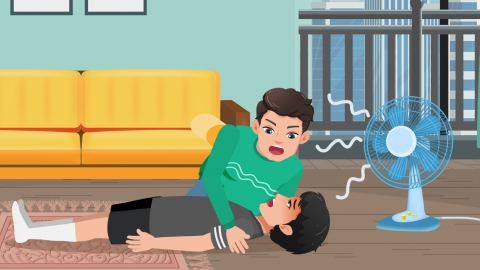How to Determine if Someone Has Heatstroke
Heatstroke can generally be identified through elevated body temperature, dizziness and headache, profuse sweating, abnormal skin condition, and altered consciousness. If any abnormalities are observed, prompt medical attention is recommended. Detailed analysis is as follows:

1. Elevated body temperature: During heatstroke, heat production in the body exceeds heat dissipation, causing a significant increase in body temperature. In mild cases, body temperature may rise above 38°C, while in severe cases, it may exceed 40°C. The body feels hot to the touch, and the temperature cannot be rapidly reduced through conventional cooling methods.
2. Dizziness and headache: Dilation of blood vessels in the head or cerebral hypoxia may cause dizziness. Some individuals may also experience severe headaches, feeling heaviness and pressure in the head, with symptoms worsening during physical activity, affecting normal movement.
3. Profuse sweating: Initially, the body sweats heavily to dissipate heat, resulting in loss of body fluids and electrolytes. As heatstroke worsens, sweating may decrease or even stop, and the skin becomes dry, indicating an imbalance in the body's regulatory functions.
4. Abnormal skin condition: In mild heatstroke, the skin may appear red and hot, with a sensation of burning upon touch; in severe cases, the skin may become pale and cool and moist, indicating impaired circulation and a warning sign of worsening condition.
5. Altered consciousness: In severe heatstroke, the brain may be affected by hypoxia or high temperature, resulting in confusion, delayed reactions, or even coma, with an inability to respond clearly to external stimuli—this is a potentially dangerous sign.
If the above symptoms occur, the affected individual should immediately be moved to a cool, well-ventilated area and given lightly salted water to drink. If symptoms persist or worsen, or if altered consciousness develops, prompt hospitalization for professional treatment is necessary to avoid delays in care.







